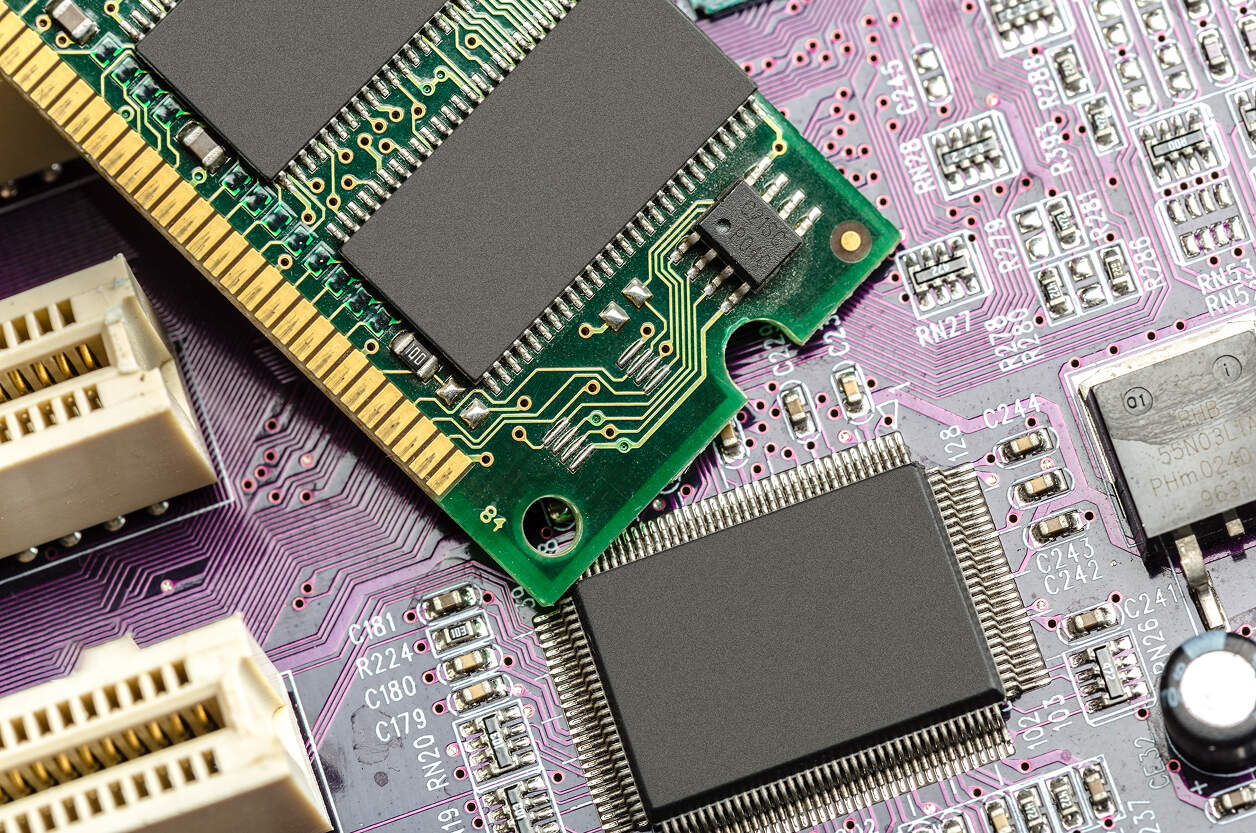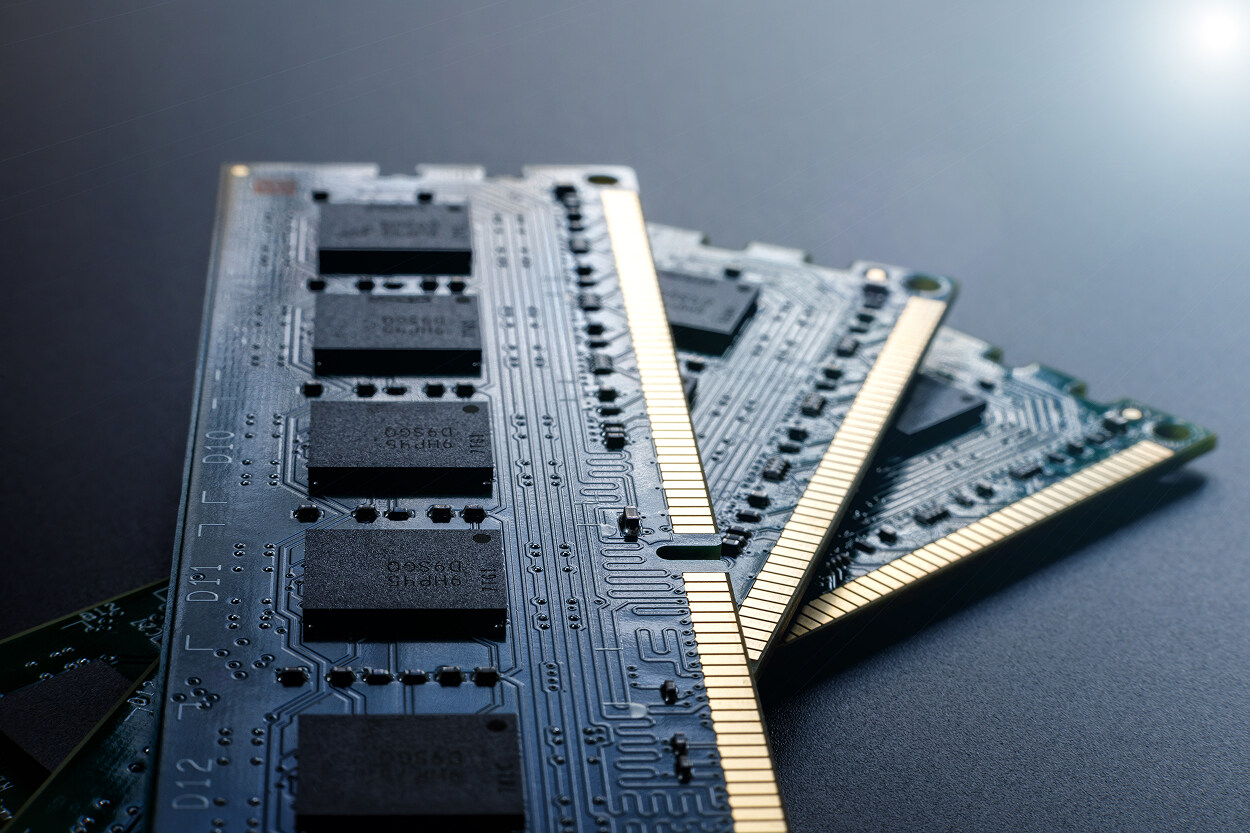Choosing the Right Architecture for Edge Devices with Limited Resources

Edge computing is transforming embedded systems by bringing data processing closer to the source — reducing latency, conserving bandwidth, and enabling real-time decision-making. However, designing edge devices often comes with strict limitations: limited power budgets, constrained memory, and the need for efficient real-time processing. In this article, we explore how to choose the optimal architecture for edge devices under such constraints.
We’ll cover the following:
- Key challenges in edge device architecture
- Popular hardware platforms (MCUs, MPUs, SoCs)
- Operating system and RTOS choices
- Performance vs. power trade-offs
- Best practices in architecture design for low-resource environments
Why Architecture Matters in Edge Devices
The architecture of an edge device determines its ability to meet functional and non-functional requirements. A poorly selected architecture can lead to performance bottlenecks, thermal issues, or unsustainable power consumption. A well-designed system, on the other hand, ensures long-term reliability, scalability, and ease of integration into larger ecosystems.
Key Challenges for Edge Architectures
Power Efficiency
Edge devices are often battery-powered or expected to run in environments where energy availability is limited. This puts a premium on ultra-low-power modes, energy-aware computing, and hardware-level optimizations.
Processing Capabilities
From simple sensor fusion to running AI inference at the edge, modern devices require a balance between computational power and efficiency. Choosing the right processing core is essential.
Memory Constraints
RAM and Flash limitations impact the complexity of applications, including operating systems, connectivity stacks, and machine learning models.
Connectivity and Real-Time Performance
Edge devices must often communicate with the cloud or local hubs via BLE, Wi-Fi, LoRa, or cellular. Architecture must accommodate real-time deadlines and asynchronous data flows.
Choosing the Right Hardware Platform
Microcontrollers (MCUs)
- Ideal for ultra-low-power devices
- Typically run bare-metal or with RTOS
- Limited RAM and Flash (e.g., 256KB RAM, 1MB Flash)
- Common in wearables, smart sensors, and remote nodes
Microprocessors (MPUs)
- Higher performance with MMU and OS support (e.g., Linux)
- Support for high-speed interfaces and complex stacks
- Require external RAM/Flash
- Suitable for gateways, vision systems, and complex IoT devices
System-on-Chip (SoCs)
- Combine CPU, GPU, AI accelerators, and connectivity in a single package
- Used in edge AI, multimedia, and high-throughput applications
- Often paired with Linux or Android
RISC-V and Custom Architectures
- Open-source and customizable
- Enable domain-specific optimization
- Growing ecosystem for industrial and academic use
Selecting the Software Stack
Bare-metal Programming
- Lowest footprint and maximum control
- Lacks abstraction, harder to maintain
- Best for single-purpose, ultra-efficient designs
Real-Time Operating Systems (RTOS)
- Lightweight scheduling and deterministic timing
- Middleware support for communication, file systems, etc.
- Examples: FreeRTOS, Zephyr, RTX, ThreadX
Embedded Linux
- Needed for complex systems with multi-threading, file systems, and advanced networking
- Offers high portability and open-source flexibility
- Higher resource requirements
Power vs. Performance Optimization
- Dynamic Voltage and Frequency Scaling (DVFS): Adjusting processor voltage and clock frequency based on real-time demand.
- Low-Power Sleep Modes: Use deep sleep or standby modes with wake-up on interrupt to save energy.
- Hardware Accelerators: Offload compute-intensive tasks to dedicated hardware (e.g., AI, encryption, DSPs).
- Efficient Code and Scheduling: Optimize code paths, memory access, and task scheduling for minimal CPU cycles.
Design Best Practices
- Use Modular and Scalable Architecture: Design systems that can be reused or scaled with minimal effort.
- Plan for Firmware Over-The-Air (OTA): Ensure support for OTA updates to fix bugs and deploy new features.
- Include Diagnostic and Debug Features: Use logging, tracing, and health monitoring to identify issues during deployment.
- Ensure Security by Design: Incorporate secure boot, encryption, and authentication early in the design.
- Evaluate Thermal Behavior: Model thermal dissipation and include heat sinks or enclosures if needed.

Long-Tail Keywords and Answers
What is the best architecture for low-power edge devices?
It depends on the application. For simple sensors, MCUs with RTOS offer the best balance of cost and efficiency. For AI-enabled nodes, SoCs with hardware accelerators are better suited.
How to choose between RTOS and Linux in edge devices?
Use RTOS for low-latency control systems with tight timing, and Linux for applications requiring networking, file systems, or third-party libraries.
Which hardware is best for edge AI in low-resource environments?
Low-power SoCs with embedded NPUs (neural processing units) like those from NXP, TI, or MediaTek are ideal.
Can I use RISC-V for commercial edge devices?
Yes, RISC-V has matured with toolchains, RTOS ports, and commercial support, making it viable for constrained embedded applications.
How to optimize power usage in embedded edge systems?
Use power profiles, DVFS, low-power peripherals, and carefully schedule CPU-intensive tasks.
Conclusion
The success of an edge device hinges on the right architectural decisions made at the outset. By aligning your hardware and software stack with the application’s constraints and goals, you can build reliable, efficient systems that thrive in the field.
At Promwad, we help companies design and implement embedded systems tailored to their performance, power, and cost requirements. Whether you’re building smart sensors, edge AI modules, or industrial gateways, we can help you find the right architecture from the ground up.
Let’s build efficient edge systems together.
Our Case Studies





